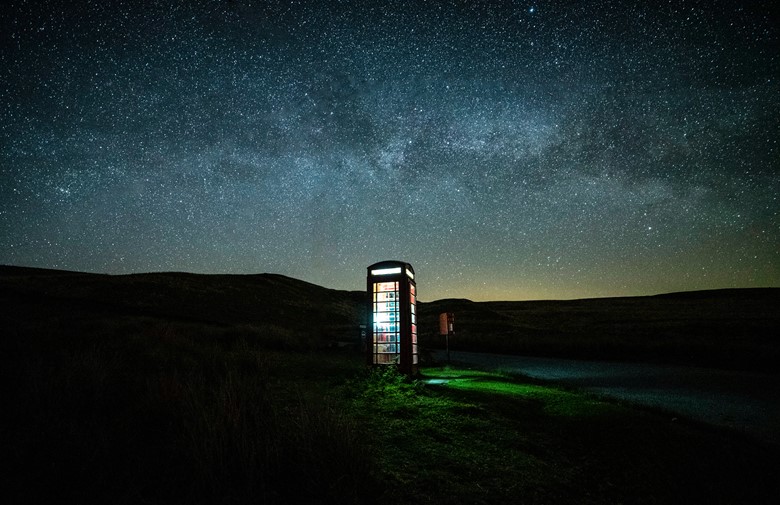
When is the best time to go stargazing?
It’s possible to see well over 1,000 of the brightest stars with the naked eye in a clear, dark sky. Ceredigion’s naturally dark skies are ideal for stargazing and there’s always something special to spot, at any time of the year.
The Milky Way, our home galaxy, never ceases to amaze as its uncountable number of stars, large and small, as well as nebula - clouds of dust and gas - stretch in a wide arc across the sky. It is a spectacle easily seen with the naked eye most of the year, but is especially bright between October and April.
Autumn, Winter and Spring are the best times of year to enjoy the night sky and many astronomers refer to this as the observing season.
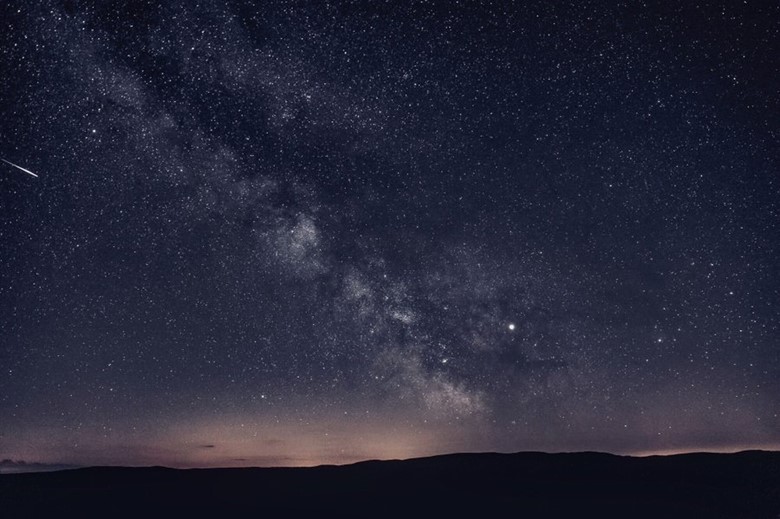
As it gets warmer in spring, but before the day lengthens, you don’t have to stay out too late to see the stars, so it can be a great time to try out stargazing with the family. Why not start with the constellation of Ursa Major, The Great Bear, which is visible all year round. Within it is the distinctive shape, or asterism, of The Plough (or the American Big Dipper) which will help you find the Pole (or North) star.
Between September and November the distinctive W shape of the Cassiopeia constellation can be seen at its best. Autumn is also the best time to spot the Andromeda galaxy when it is high in the sky. It is the nearest major galaxy to our own Milky Way and can be seen with the naked eye. If you have a telescope the best season for spotting and observing other galaxies is from February through to early July.
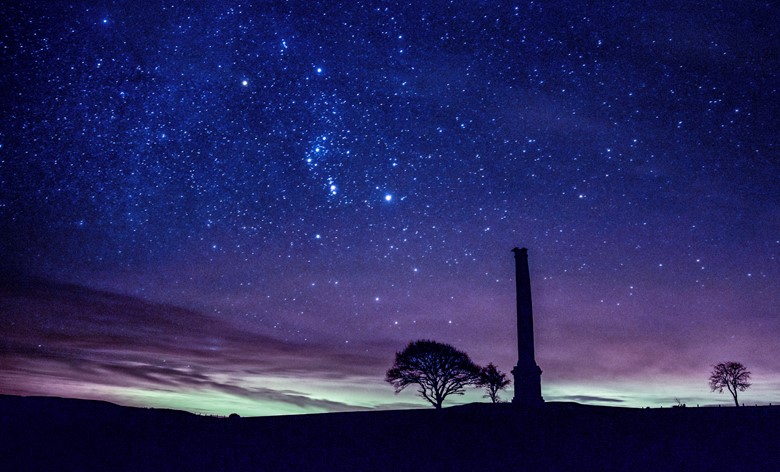
Winter is a good time to spot the beautiful red hued star, Aldebaran, or to identify patterns of stars such as the three bright stars in a row that are known as Orion’s Belt (also known in Welsh as Y Tri Brenin -the three kings) and the cluster of stars known as the Pleiades or The Seven Sisters.
The bright Summer Triangle includes stars that also form part of Cygnus (the swan) Aquila (the eagle) and Lyra (the Greek lyre, or harp). Next to the summer triangle is a small constellation known as The Dolphin - where best to see it than from a beach in Ceredigion?
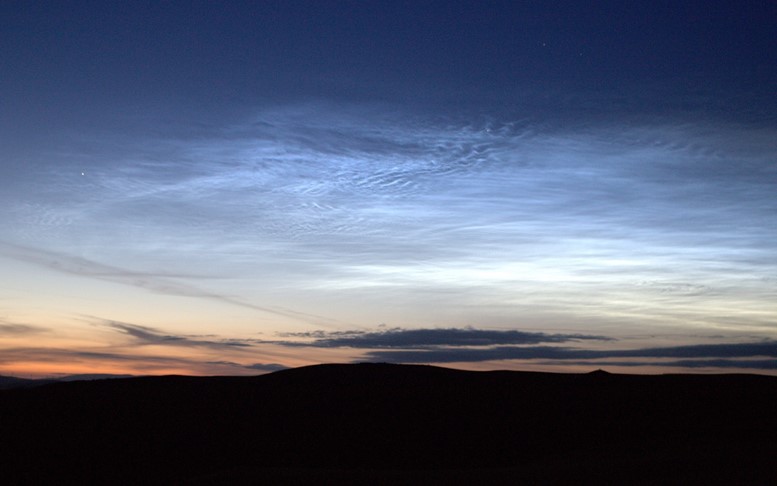
Other phenomena to spot include noctilucent clouds (from the Latin for ‘night’ and shine’), usually seen up to about two hours after sunset and just before sunrise in early summer. Noctilucent clouds are formed at very high altitudes and therefore reflect the light of the sun when it is below the horizon.
Shooting stars and meteor showers
Spotting a single shooting star is a special experience, but the sight of as many as 100 meteors an hour streaking across the night in a ‘shower’ is truly amazing.
These spectacular showers take place every year in spring and late autumn/ winter. The Lyrid meteor shower can be seem in mid to late April, the Perseids between late July and mid-August. Where would be better than Wales to see October’s Draconid meteor shower radiating from the Draco the Dragon constellation? On clear nights in late autumn watch as the Leonid meteor showers, known for their speed and brightness, reach a peak of intensity in mid-November.
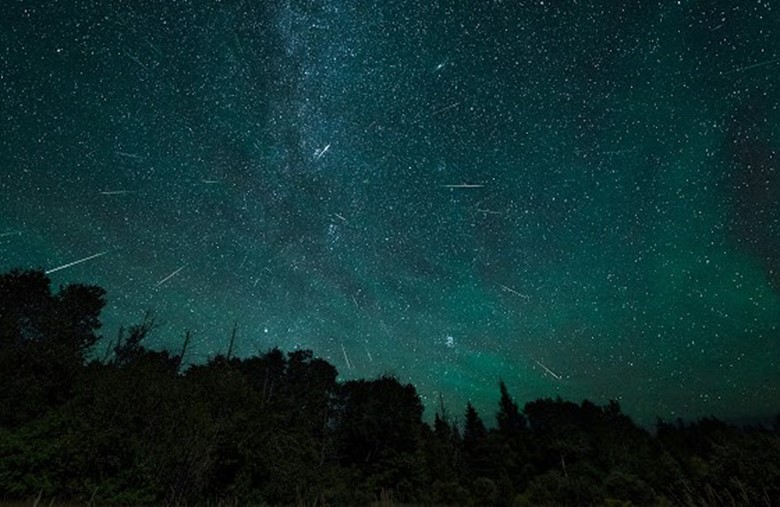
When meteors and meteor showers are to be seen in the night sky can be predicted well in advance, and there are online guides and apps that will tell you what to expect when, so why not plan ahead to align your holiday or short break in Ceredigion to enjoy the best of our dark skies.
Our top tips for stargazing in Ceredigion
For do-it yourself stargazing, why not book a cottage or glamping site in the countryside, where you can simply turn the lights down and step outside to enjoy the stars.
A good pair of binoculars will help you see more, including detail on the moon. During a new moon period a telescope can help you get better views of fainter objects such as distant galaxies, nebulae and interesting star clusters. Bring your own or check if your accommodation has, or can organise the loan of, stargazing equipment. Ask too about local guides who can take you to great places to see sunset or dawn over the mountains.
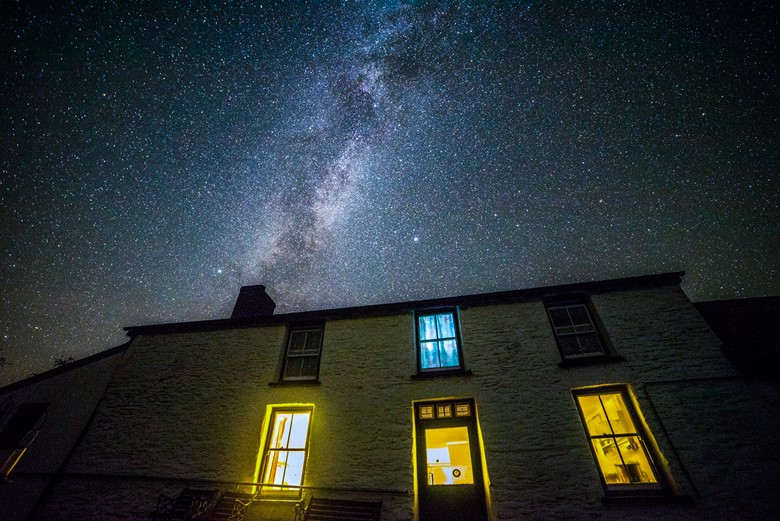
Get a guide to the night sky, a star chart or a planisphere to help you recognise and name the planets, stars and other phenomena in the night sky. There are apps you can download too, many of them free.
A full moon is very bright and makes it more difficult to see the stars clearly, so go stargazing when there's a new moon.
Clear skies mean that it is likely to be colder, even in summer, so to be comfortable, take warm clothing or a cosy Welsh blanket. A warm drink and a tasty picnic will sustain your stargazing into the small hours or even until dawn, when the sky changes again.
Check where the nearest Dark Sky Discovery Site is located, and for organised stargazing events with local groups or Dark Sky Wales.
Dark Sky Discovery Sites in Ceredigion
Coed y Bont Dark Sky Discover Site is a community woodland reserve which is an accessible and safe spot for stargazing. It is also home to the shy nocturnal mammal, the pine marten. You’ll find it between the village of Pontrhydfendigaid and Strata Florida Abbey.
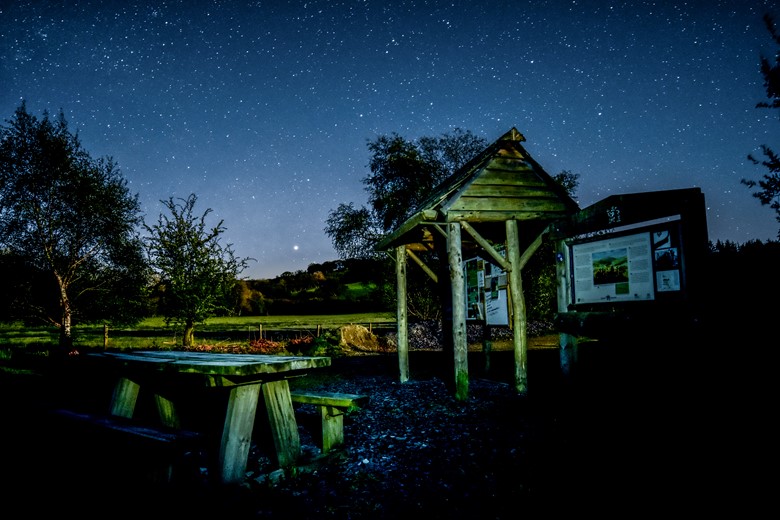
Even deeper into the Cambrian Mountains are the remote Teifi Pools, part of the Elan Valley estate.
Near Devil’s Bridge is the Dark Sky Discover Site of The Arch. The 18th century stone arch makes another stunning foreground for photos of the night sky above.
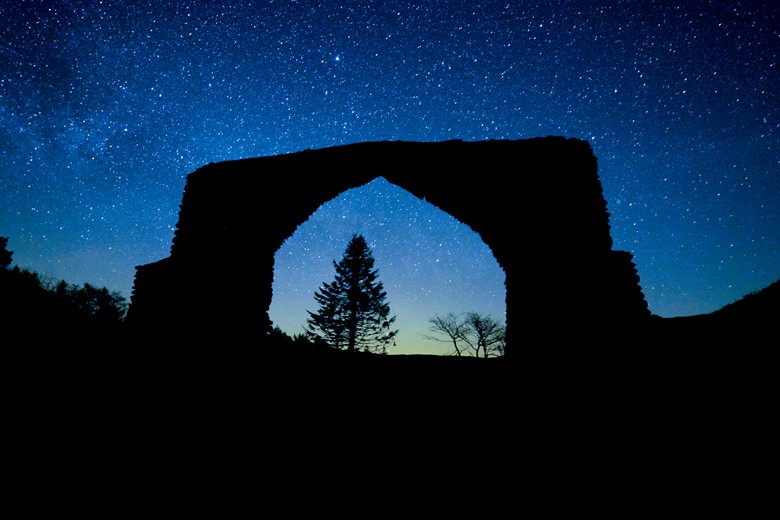
From Devil’s Bridge you can reach the vast Elan Valley Estate, a Dark Sky Park, where regular stargazing events are held, and where the reservoir dams are another favourite foreground for astro-photographers.
If you take the mountain road from Tregaron, and continue along the single track road past the remote chapel of Soar Y Mynydd, you will reach the Llyn Brianne reservoir. The car park by the reservoir dam is a Dark Sky Discovery Site.
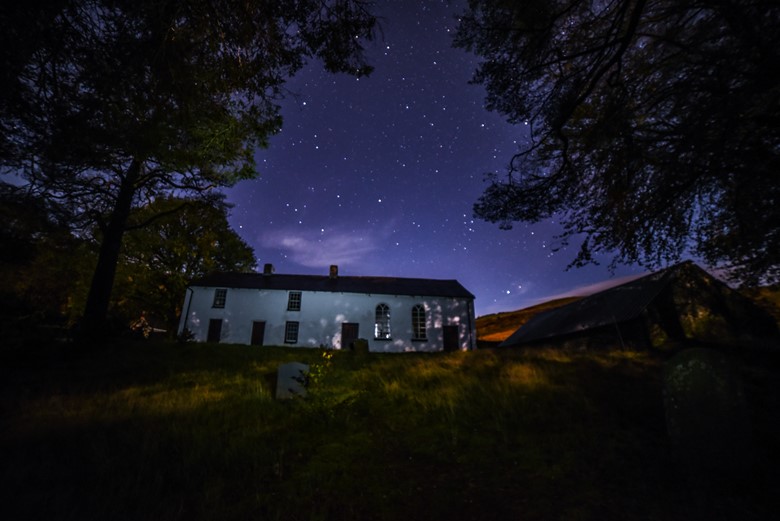
The Dolgoch and Ty’n Cornel wilderness hostels, reached along unsurfaced tracks in the remote Elenydd of the Cambrian Mountains are both Dark Sky Discovery Sites as are the National Trust beaches of Penbryn and Cwmtydu.
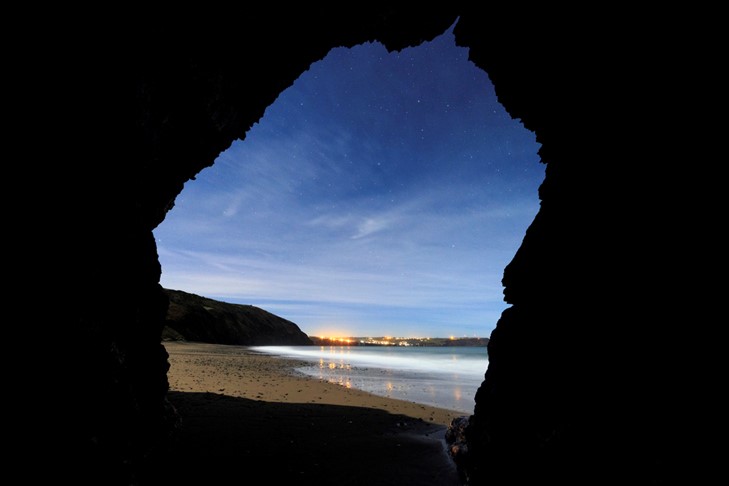
Wildlife spotting at dusk, dawn and in the dark
Starling murmurations are one of the natural wonders of the evening throughout winter. One of the best spots to see them create their mesmerising, swirling patterns in the sky is from the promenade at Aberystwyth before they come in to roost under the pier.
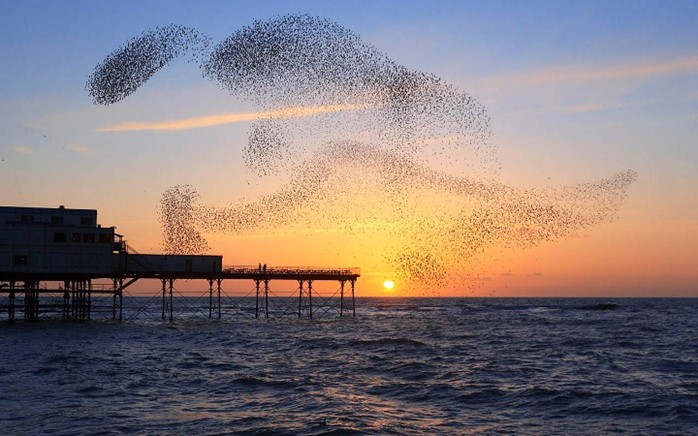
As the name suggests the Nightjar is a nocturnal bird. It arrives in the UK from Africa in May and leaves again in August/September. Moorland and cleared conifer forests on high ground, especially in the Cambrian Mountains, are its main habitat in Ceredigion.
A Barn Owl is easy to spot as they go out to hunt at dusk – its Welsh name is Tylluan Wen (White Owl). They’re not very good at flying when their feathers are wet, so if you catch sight of one in the headlamps of your car, give it plenty of time and space to fly to safety.
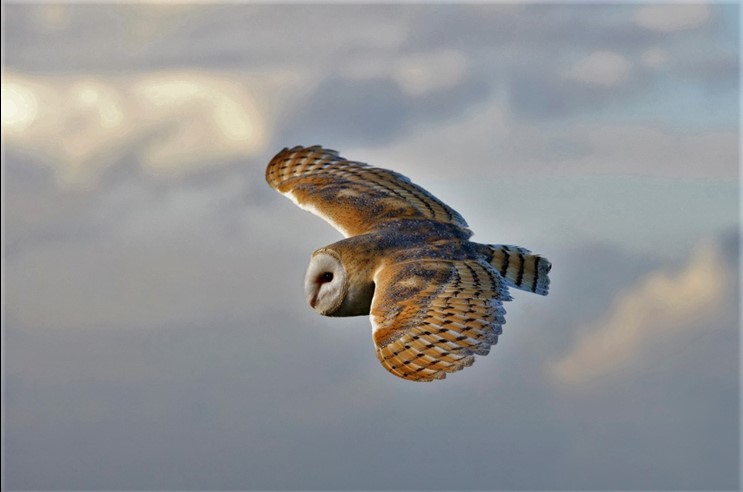
Look out for bats at dusk too. You might see them flying around street lights and along lines of trees and hedges. The National Trust’s Llanerchaeron estate is designated SSSI (Site of Special Scientific Interest) as well as a Dark Sky Discovery Site. The mix of quiet woods and meadows are perfect for spotting bats.
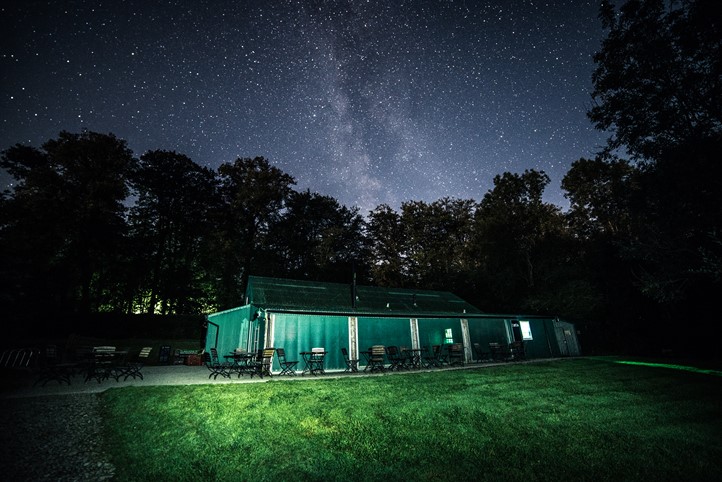
Cardigan Castle is the home to rare Horseshoe Bats. It is a carefully protected site, but you can watch their roost on a ‘batcam’, and special guided visits are also possible at certain times.
With lots of woodland and hedges across Ceredigion, you can enjoy the variety of sounds of the dawn chorus almost anywhere. You may even spot the tiny twinkling light of glow-worms in Ceredigion’s summer hedgerows. Look out for them just after dusk on darker nights from about late May to September.
Look out for toads crossing the road in early spring, especially near ponds or rivers, such as the B4343 between Tregaron and Lampeter, which runs alongside the Teifi. You’ll be forewarned by special roadsigns!
Check for guided walks at dusk or early morning at the RSPB at Ynyshir, or make contact with one of the Ceredigion wildlife groups to join them on volunteer wildlife recording projects.
Spectacular sunsets
Ceredigion is famous for its beautiful sunsets, especially along the coast as the colour of the setting sun spreads across the sky and sea. The view changes with the seasons as the sun sets at different points on the horizon.
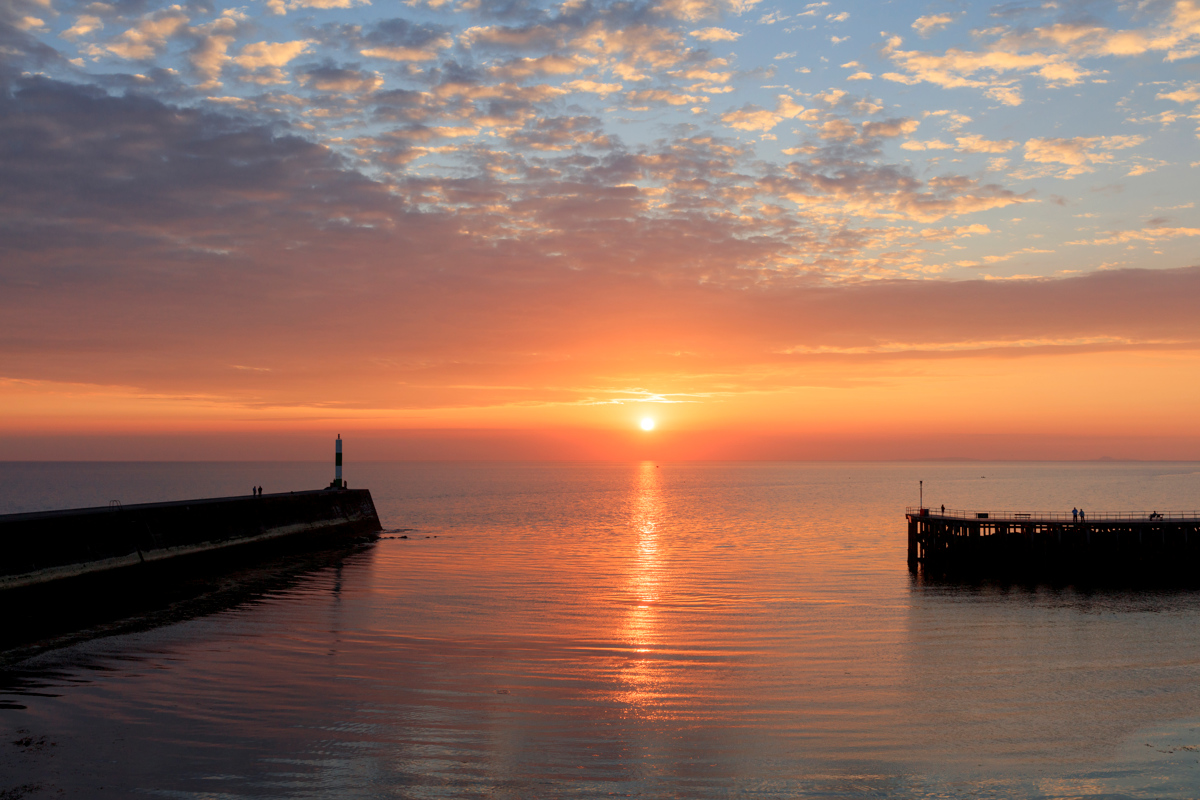
Photographers and artists also love the tranquil mood and soft light of Blue Hour, when the blue colour of the spectrum is most prominent. This is when the sun is just below the horizon, just before sunset and soon after sunrise.
As the sun sets, look out for the phenomenon of green flash, especially if the sun appears like a mirage on the horizon.
You can even book a sunrise and sunset boat trips for Cardigan and New Quay – perfect time to see coastal wildlife.

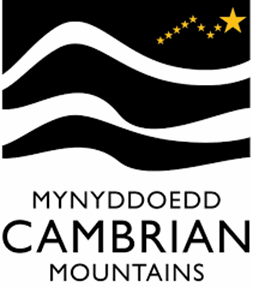
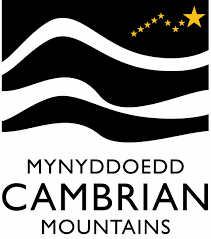
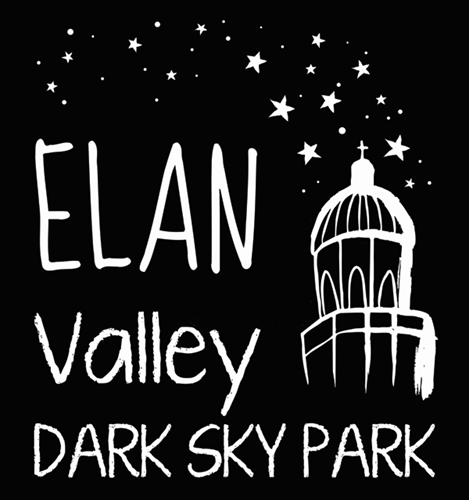

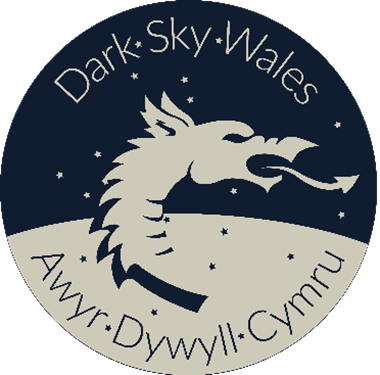
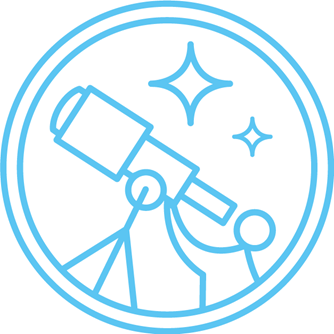
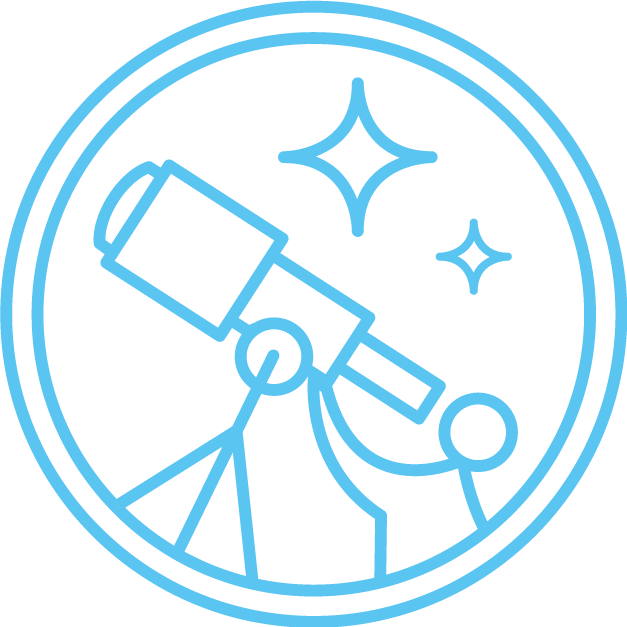


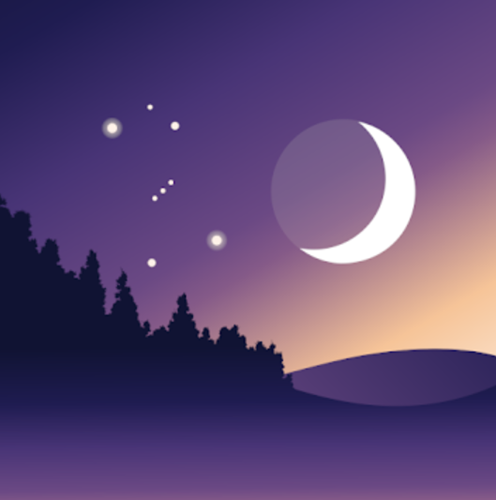

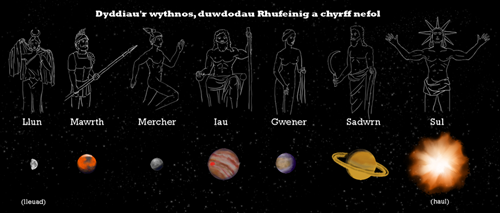
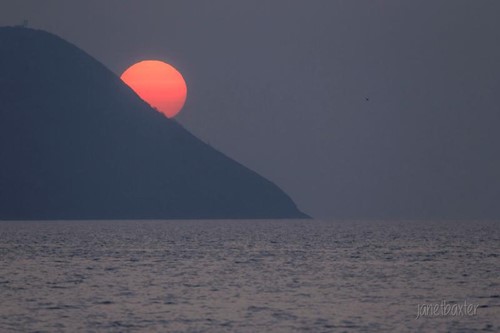

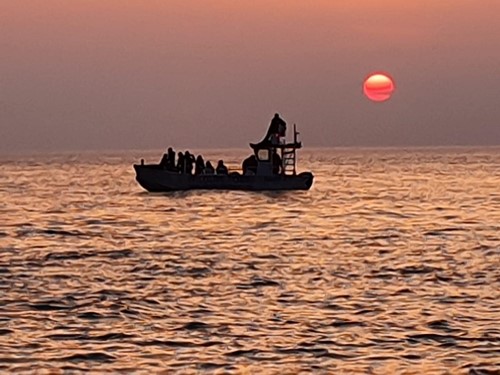 For a different perspective on land sea and sky, you can join an early morning wildlife spotting boat trip or an evening sunset excursion.
For a different perspective on land sea and sky, you can join an early morning wildlife spotting boat trip or an evening sunset excursion. 
